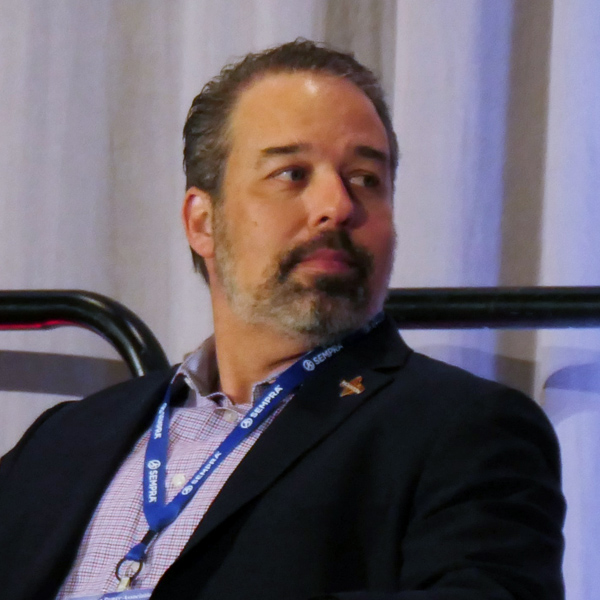The fate of two LNG developments in Texas that had their approvals remanded to FERC drew out some disagreements among the regulators’ two Democrats in orders posted Friday.
A three-vote majority during FERC’s monthly open meeting Thursday approved the Rio Grande LNG (CP16-454, et al.) and the Texas LNG Brownsville (CP16-116-002) projects to move ahead after the commission conducted some additional analysis on their impacts on local environmental justice communities. Both projects are being built close to each other along the Brownsville Shipping Channel, which is on the southern edge of Texas’ Gulf Coast.
The D.C. Circuit Court of Appeals had remanded FERC’s approvals of the projects in August 2021 in the case Vecinos Para El Bienestar de la Communidad Costera et al. vs FERC. The court directed the commission to do a better job justifying its determinations of public interest and convenience in the two cases.
The Rio Grande LNG is being developed by NextDecade, while Glenfarne Energy Transition is building the Texas LNG project. The Rio Grande facility is expected to go online in 2026 and Texas LNG the year after that.
Chair Willie Phillips filed concurrences to the two orders, saying that FERC adequately responded to the issues on remand by including the projects’ social costs of carbon and broadening the examination of environmental justice communities to those located within 50 km of either of the two power plants.
“While I recognize that certain of my colleagues would have preferred more process or less, I believe that the record assembled throughout the last year is an appropriate middle ground that represents an adequate basis to fully consider the issues the court remanded to us in Vecinos nearly two years ago,” Phillips wrote.
Despite expanding the EJ scope to communities within 50 km of the site instead of just 2 miles, FERC continued to find that neither project would have any significant impacts.
One area where FERC did make some changes was to require both projects to take additional steps after they start partial operations but are still under construction to avoid exceeding National Ambient Air Quality Standards, as two emissions-generating activities would be occurring at the same time.
That mitigation shows how FERC is starting to focus on a complaint it heard at its recent Environmental Justice Roundtable about cumulative impacts of projects, Phillips said. (See FERC Gets Advice, Criticism on Environmental Justice.)
“We heard from several stakeholders, including community groups, about the importance of considering cumulative impacts — i.e., not just the air emissions directly caused by a particular project, but also those emissions in conjunction with the emissions from other sources within the region,” Phillips wrote. “Today’s order takes a critical step toward addressing that concern by requiring that the project sponsors develop a plan to ensure that incremental emissions impacts associated with these projects, on top of all sources, do not cause a NAAQS exceedance, thereby helping to protect communities, including environmental justice communities, that may venture near the projects.”
Commissioner Allison Clements dissented on the orders, saying that FERC should have done supplemental environmental impact statements. Failing to do so renders the orders’ significance determinations unsupportable, she argued. The commission also should have held public meetings to address the projects’ environmental and other impacts.
Expanding the EJ scope identified hundreds of additional communities that never had a proper chance to weigh in on the project, warranting a new EIS, she said.
“The order imposes a new air pollution and monitoring condition that may prevent or reduce NAAQS violations,” she said in each of the orders. “Although I agree that imposing this condition is a beneficial step to take, I cannot conclude that it will be sufficient to reduce cumulative air emissions to an insignificant level because the condition itself is vague, and we have had no public comment on whether it will be effective or what additional mitigation may be needed.”
Clements also argued that FERC was missing a chance to implement its stated intentions from the recent Environmental Justice Roundtable.
“Considering our discussion at the roundtable of how to facilitate EJ communities’ full participation, it is especially disheartening that the order rejects requests to hold public meetings, with Spanish translation, to hear communities’ concerns about the project and our new analyses,” Clements said.
Clements also disagreed with the majority’s explanation for why FERC is not determining the significance of greenhouse emissions associated with the two projects.
The commission included social costs of carbon for the projects, but it said that tool was not designed to measure the impacts of individual projects, so it could not determine whether the emissions associated with the two LNG facilities are significant.
“I do not know whether the social cost of GHGs protocol or another tool can or should be used to determine significance,” Clements wrote. “That is because the commission has not seriously studied the answer to that question. The majority has simply decided the method does not work, with no explanation of why the commission departs from the approach so recently taken in other certificate orders.”




